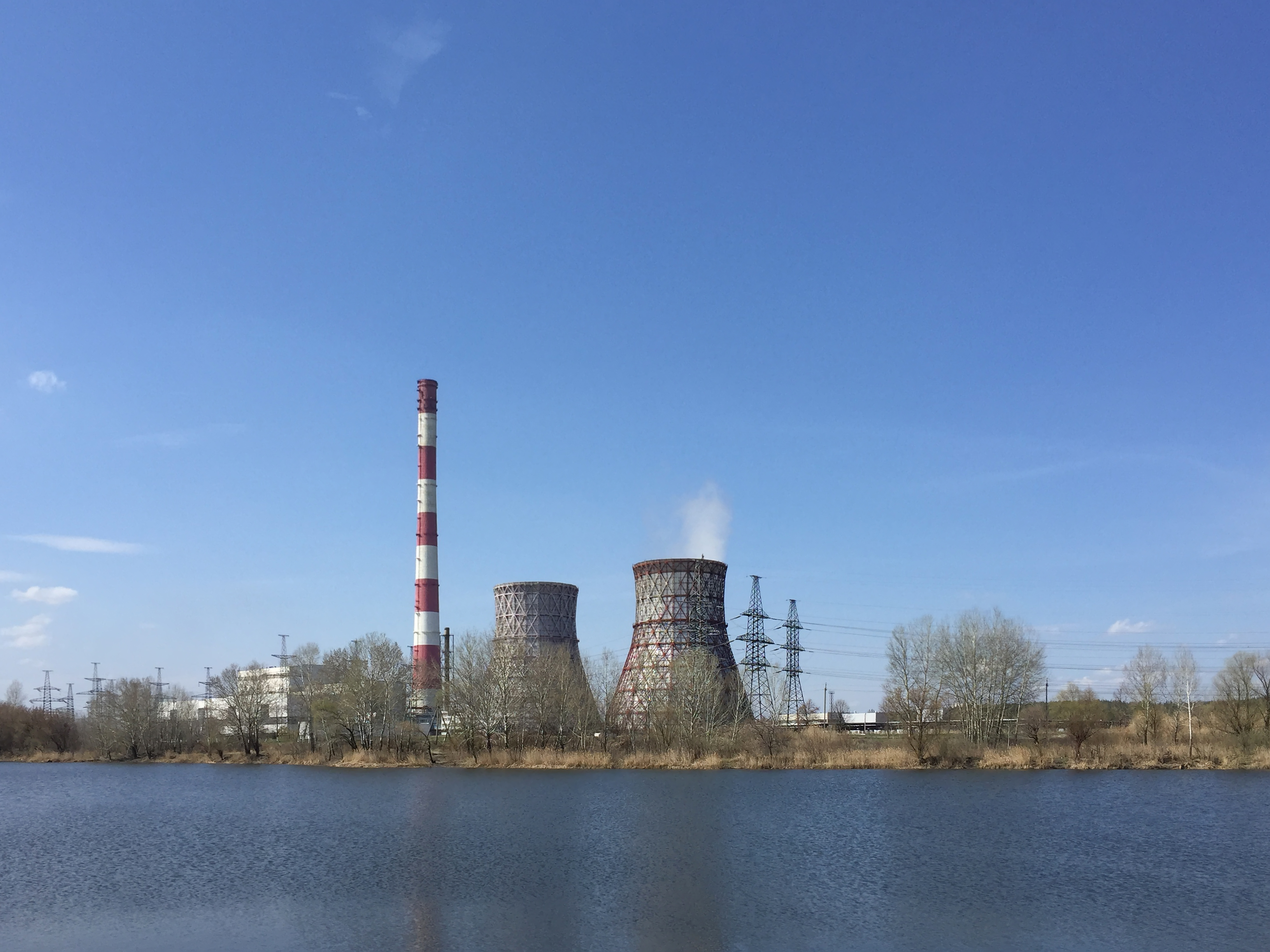The world has recently experienced a sharp decline in oil prices following a demand disturbance prompted by the Chinese coronavirus outbreak. This issue has caused the benchmark Brent crude to fall 20% at a certain point this February. On the other hand, oil prices are slowly starting to stabilise with a 10% increase from its low-to-trade $59 per barrel as of late.
However, the same cannot be said for the world’s natural gas, which continues to experience an epic slump as critical market prices remain traded at multi-year lows.
Is it Sinking Further?
Natural gas all over the world is mired with troubling figures as China suffers from the deadly outbreak taking a swipe at the economy. The Henry Hub gas price, a US benchmark, fell under $2 per million Btu during winter, when it should have gone up due to an increased demand for heating. The Henry Hub price is the lowest this commodity has been traded on since 2016.

A similar occurrence has been observed in Europe. The Dutch TTF gas hub contract fell below $3 per million Btu recently, which is its lowest since September 2009. In Asia, things are also looking difficult as spot prices for LNG or liquefied natural gas were low even before the outbreak. Recently, it has dropped further to below $3 per million Btu, the lowest it has been in a decade.
The gas market is extremely volatile, with several variables influencing the fluctuation of the prices. The world has collectively been hit by gas price decline, some falling to the lowest in over ten years.
LNG prices fell to record lows as Chinese purchases turned away shipments, driving traders to reroute their tankers. The next viable destination would be in Europe, but the problem is that the region has unseasonably high levels of natural gas, with oversupply expected to persist throughout 2020.
Market analysts reckon the situation might remain under pressure for the rest of the year until the next or even longer, which could be aggravated by the proposed increase in production capacity in many countries, including the United States, Qatar, Russia, and East Africa.
International Effect
The lowered gas prices have wreaked havoc on the revenue of several global oil companies. In the US, oil production might be affected because shale crude output is correlated to gas volumes. Permian’s Waha gas hub prices are approaching zero and is not expected to pick up anytime soon.

Energy companies are warned against the backlash of excessive flaring that may affect the oil industry. These firms are putting their licences at risk by ignoring the environmental issues that are likely to persist following this recent issue with the natural gas market.
While global prices are falling around the globe, these lows could be the driving force to make the market stronger in the future as it is likely to stimulate higher gas demand in the long-term. Gas for power generation is increasingly attractive versus rival fuels like renewables and coal. As the market for coal burning is shifting towards low carbon gas profiles, the tides are anticipated to go to the gas market’s favor. For instance, India, China, and Europe have inched towards gas-generated power.
How Oversupply Affects Customers
The lowered gas prices can be beneficial on the customer’s end. It might be time to make renewals as suppliers may lower their rates due to falling wholesale gas prices. If the analyst predictions would prove right in the coming months, gas customers might see a decrease in their energy bills.
However, it might be different for electricity customers since the wholesale prices and network charges are on the rise. Dual-fuel consumers could also enjoy a cut on their energy statements due to the situation.
As the export market remains unpredictable, gas producers will likely accept low prices in the short term to secure profits amid the shift to a low-carbon energy system.